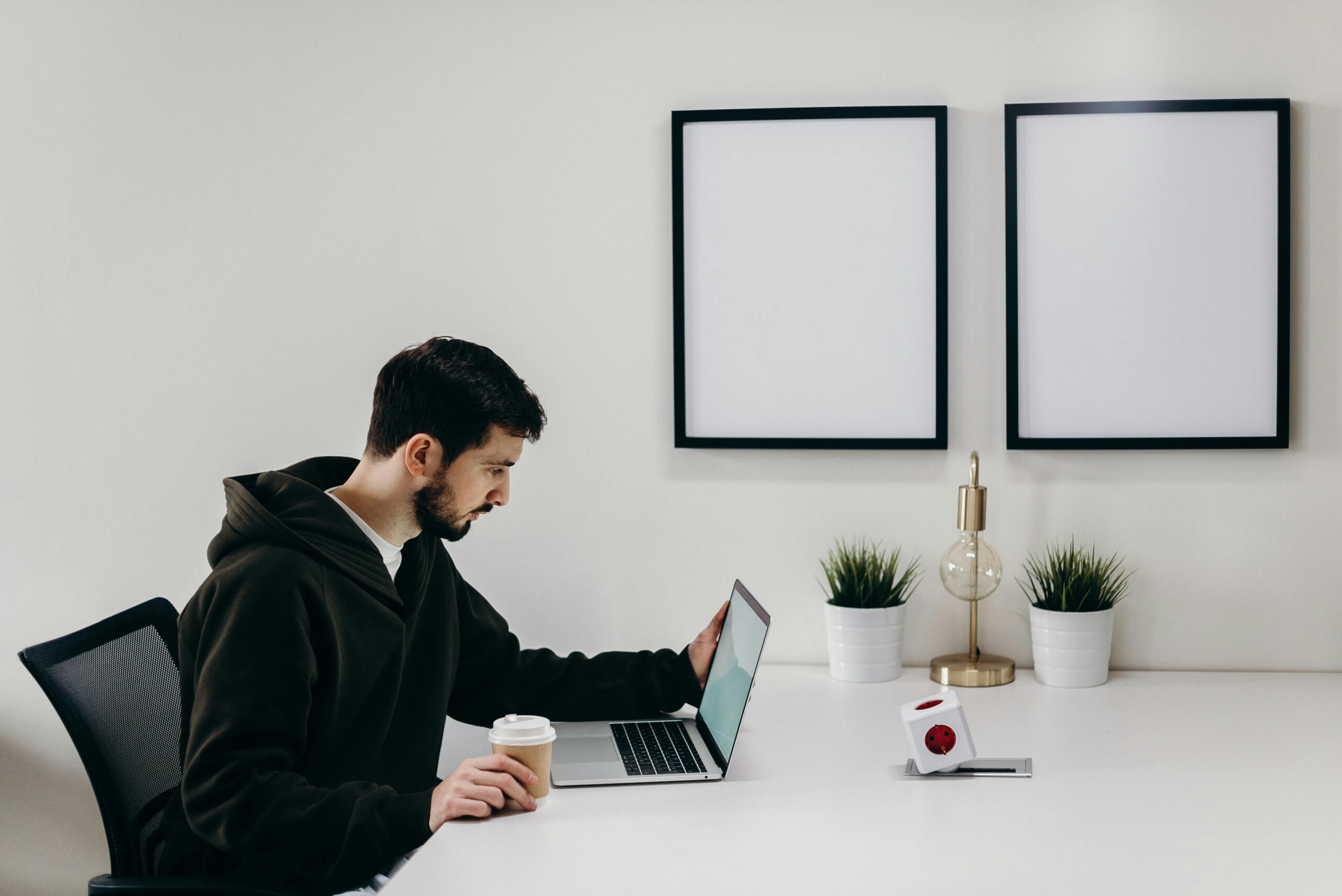If you feel like your brain is buffering, you’re not alone.
You open your laptop, ready to work… and nothing happens.
You stare at the screen, reread the same sentence five times, and suddenly forget what you were even doing. It’s not laziness. It’s not burnout (yet). It’s something millions of people experience daily—brain fog.
But what is brain fog, really? And more importantly: How do you get rid of it?
Let’s break it down—with science, not shame.
What Is Brain Fog?
Brain fog isn’t a medical diagnosis—it’s a term used to describe cognitive symptoms like:
- Mental fatigue
- Difficulty concentrating
- Forgetfulness
- Slow thinking
- Lack of clarity or motivation
It’s like your brain is in low-power mode. Everything feels harder, slower, heavier. You’re awake, but not really alert.
What Causes Brain Fog?
Brain fog can come from many sources—sometimes multiple at once. Common causes include:
🧠 Lack of sleep
Without deep, restorative sleep, your brain can’t process or store information efficiently.
🍕 Poor nutrition or dehydration
Your brain needs glucose, fats, hydration, and micronutrients to function well.
📱 Digital overload
Constant notifications, multitasking, and screen time drain your mental resources.
😰 Chronic stress or anxiety
High cortisol levels impact memory, attention, and mental sharpness.
🧬 Hormonal or medical factors
Things like thyroid issues, anemia, long COVID, or perimenopause can all trigger fog.
Symptoms of Brain Fog
Not sure if you have brain fog? These signs are common:
- You forget simple things (names, words, tasks)
- You lose track of what you were saying mid-sentence
- You read something but immediately forget what it said
- You struggle to start or finish tasks
- You feel mentally “blurry” even if you’re physically fine
How to Fix Brain Fog (Realistically)
Here’s the good news: brain fog is not permanent. Your brain can recover with the right support. Here’s how:
1. Get back to basics: sleep, water, nutrition
You can’t out-focus poor sleep. Prioritize:
- 7–9 hours of quality sleep
- Regular meals with healthy fats, protein, and fiber
- Hydration—aim for 1.5–2L of water per day
Even mild dehydration can mess with memory and focus.
2. Reduce digital noise
Give your brain breathing room. Try:
- Putting your phone away during deep work
- Using “do not disturb” for blocks of time
- Taking 1–2 screen-free breaks daily (walk, stretch, stare out the window)
3. Move your body
Even 10–20 minutes of light movement (walking, yoga, dancing) increases blood flow and oxygen to the brain—helping you feel more alert and clear.
4. Try a “brain reset” routine
When you feel foggy:
- Close your eyes and take 3 deep breaths
- Write down what’s on your mind (brain dump)
- Do one tiny task to gain momentum
- Step outside for a few minutes of natural light
5. Check in with your body + health
If your fog is persistent, don’t self-blame—check in with a professional. Possible hidden causes include:
- Vitamin B12 or iron deficiency
- Thyroid issues
- Long COVID or post-viral fatigue
- Hormonal imbalances
Your brain fog may have a medical root—and that’s worth exploring.
Final Thoughts
Brain fog can feel frustrating, but it’s not your fault—and it doesn’t mean you’re broken.
It’s a sign that your brain is tired, overloaded, or asking for support.
By understanding the root causes and building gentle, supportive habits, you can regain your clarity, energy, and mental sharpness—one small step at a time.




